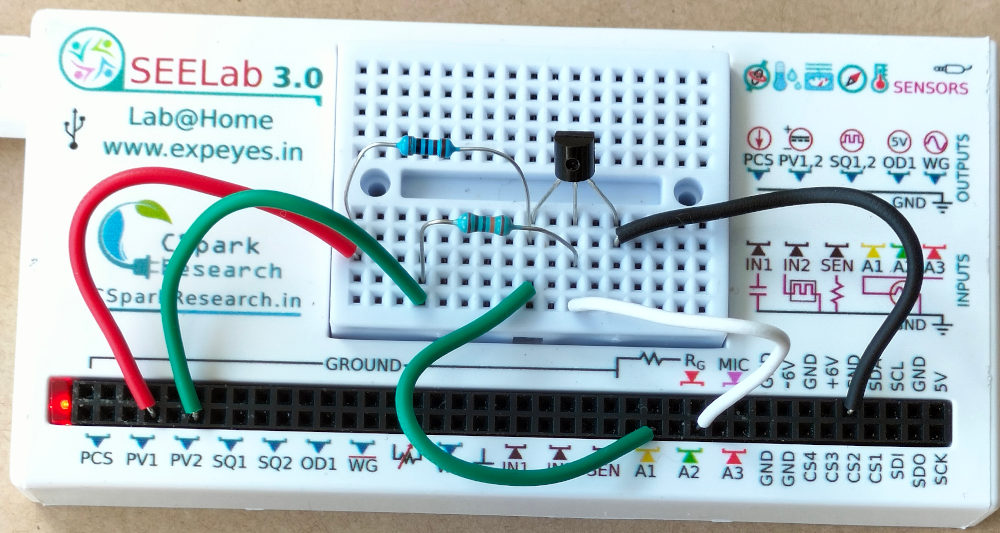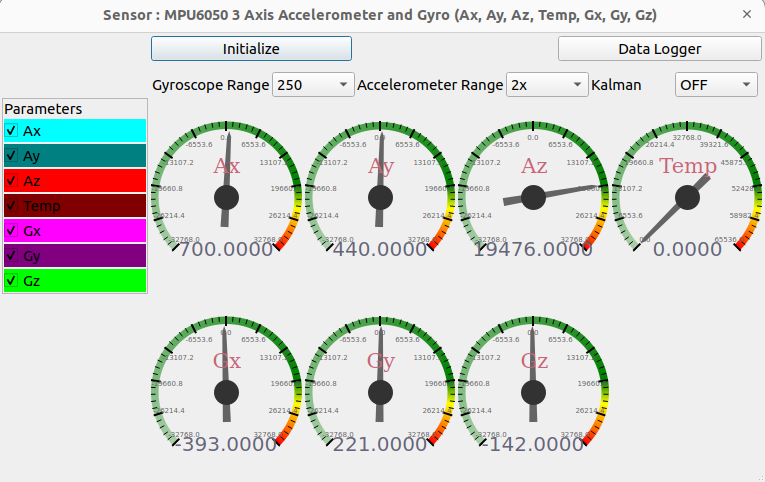A Python Powered Measurement Device for Science Experiments
jithin (~jithinbp) |
2
Description:
"In spite of the riches unearthed by Big Science in the fields of biology and physics during the last fifty years, historically speaking much of scientific progress has come from small groups or individuals working with relatively cheap equipment and resources"
While the earliest scientists used their 5 senses to observe and understand nature, the pace of technology helped facilitate and improve science with computers and sensors becoming commonplace tools for scientists. However, most research labs still struggle with high costs of dedicated sensory data collection tools in spite of the same functionality being integrated in cheap consumer goods.
This talk will discuss the design and development of a USB interfaced test and measurement equipment I have worked on, to enable an affordable yet flexible entry for students into the world of Scientific Research. This device can be augment with various low cost sensors to measure physical parameters( temperature, humidity, luminosity, fields ... ) , and recorded values be visualized( Plots ) , and analyzed ( Curve fitting, fourier analysis etc ) .

Along with technical details of the construction of this device :
- circuit design with KiCAD
- firmware development
- mechanical CAD
- software,
- webview, localisation, calibration etc
, I will perform series of simple demonstrations and hands-on activity this Multi Purpose control and measurement tool I call SEELab3 . These demos will touch upon topics such as acoustics, electromagnetism, atmospheric pressure, and magnetic fields, and we'll demonstrate the power of scientific data analysis tools such as Scipy which help extract meaningful information from acquired signals.


The combination of a hardware device which is great at time critical tasks and real world interfacing, and Python based control UI which excels at visualization and analysis, gives users an optimal combination which enables developing tools such as this sensor oscilloscope which logs angular velocity values from a gyro sensor with precise timestamps, enabling fourier analysis described in the blog post. Many detailed posts are located here . Systematic documentation for curriculum based experiments are on expeyes.in
- I have previously spoken about this at a virtual Pycon, but could not show live demonstrations . In addition to things spoken in the virtual talk, this year I'll be able to include new developments such as visual programming with an embedded qwebview.
The project is open source hardware, and the reposity is on github . Many scientists have published interesting work with this instrument and its predecessor Expeyes, and details are on section 2 here
Prerequisites:
A bit of curiosity
Video URL:
https://www.youtube.com/watch?v=gBqLaiVBhnc
Content URLs:
Speaker Info:
I'm a researcher who runs a company that manufactures scientific equipment ranging from multi purpose test and measurement equipment, to radiation detection instruments. This work is documented at my company website. I have previously spoken at various conferences such as Scipy, RMLL , Educode, and Pycon 2021, mostly on topics related to science education, and developing python powered scientific instruments.
Much of my work deals with circuit design, firmware, and software development, and contributions can be found as open source projects on my github page, the ExpEYES project, and on CSpark Research . I also own a few apps on the google play store
My academic background pertains to Physics, and I am currently engaged in Post Doctoral research on agricultural automation and biosensing, and the University has been an excellent facilitator to conduct outreach programs to train school students on modern scientific equipment.
Speaker Links:
- Previous Pycon Talk
- website I maintain(Content and work is mine) https://csparkresearch.in
- My github profile
- CSpark Github Profile (Sole contributor)
- Contributions to the ExpEYES project. github